Amongst the many praise worthy aspects of Mappa’s Chainsaw Man Anime is how creative and utterly brilliant the Ending theme songs are. Each episode leaves me wondering how much the company would have spent on singers and animators to create 12 unique closing themes.
They’re not only visually appealing but quite meaningful. And Ending 5 “In the Back Room” by syudou is a perfect example.
Chainsaw Man Episode 5 was packed with deep philosophical and psychological insights with heartbreaking tragedy and amusing wit. But the ending theme was on another level. It baffles me how it managed to condense the series’ overarching themes—death, infinity, sorrow, and madness—into a minute and a half of stellar visuals.
ED Director Hiromatsu Shu continued the innovative streak he displayed in the closing sequence of Da Wang Rao Ming. He’s a master in picking up the author’s true intentions, likes and hobbies and portraying them with a swirl of art, geometry, spirituality and tons of other references.
But what if I told you that this particular ending stands out from the rest in terms of foreshadowing? That’s right! After carefully examining the video from a number of perspectives, I was able to pick up on some incredible symbolism and hints. It’s like Hiromatsu Shu made a jigsaw puzzle, and it’s up to us dedicated fans to figure out how the parts fit together.
So without further ado, here are 10 hidden details you might have missed in Chainsaw Man Ending 5!
WARNING: The following contains massive spoilers from Chainsaw Man manga, so read at your own discretion.
1. Makima as Virgin Mary
Makima being referred to as a mother is not a surprised for the un-initiated. In a special interview with Shueisha at Jump Festa, Tatsuki Fujimoto explained that Denji seeks motherly affection from Makima.
As strange as it may sound, Denji’s case is a classic example of Sigmund Freud’s Psychoanalytic theory of personality, which states that the type of personality that an individual acquires in adulthood is determined by his or her childhood experiences, and that any disruptions or traumas in childhood may result in negative personality traits in adulthood.
Denji lost his mother probably when he was very little and hence yearns for one. That’s why he was confused while trying to picture Makima when he met her for the first time.
Fujimoto hinted at this in Chapter 3, Page 3 of the Manga where Denji was still trying to work things out in his head. Further evidence comes from the chains connecting Makima’s womb to her controlled subjects in Chapter 89, Page 4, which gives us a sense of a mother being connected to her child by an umbilical cord.
The Anime, however, dropped the biggest clue by portraying Makima as Mother Mary (motherly figure).
It was first shown in the Anime’s 3rd ending and iterated further in Ending 5.
The painting of Makima and Denji in this ending is also a direct reference to Michelangelo Buonarroti’s “The Pietà”.

Incidentally, this also foreshadows a certain scene in Page 12 of Chapter 95.
2. The rise of the Eternity Devil
Kobeni painstakingly trying to climb a looped stairway (with ghosts in the background) along with the infinity symbol is a clear cut reference to the Eternity Devil.

And Episode 5 ended with a glimpse of that Devil, hence commencing the Eternity Devil arc.
3. The Four Horsemen mentioned by Makima
Manga readers would definitely be familiar of Chainsaw Man’s Four Horsemen of the Apocalypse (as stated by Makima in Chapter 84, page 16), namely Death, Hunger, War & the Control Devil.
What if I told you Chainsaw Man Ending 5 foreshadows all of them? That’s right! Hiromatsu Shu employs Fujimoto’s habit of referencing the Bible in his own work. Revelation Chapter 6 thoroughly explains each Horseman, and they precisely match the horses in this ending.
Let’s go over them one by one!
White Horse – Control Devil

Then I saw the lamb open the first of the seven seals. I heard one of the four living creatures say with a voice like thunder, “Go!” Then I looked, and there was a white horse! Its rider had a bow, and a victor’s crown had been given to him. He went out as a conqueror to conquer.
Revelation 6:1,2 (ISV)
How is this connected to the Control Devil? Makima is determined to command the other three horses of the Apocalypse in order to conquer the world, which is symbolised by the Horse as the conqueror Demon who attempts to conquer others.
An interpretation of the Bible associates the first Horseman with Pestilence, which is related with contagious sickness and plague. The white horseman carries a bow and arrow, which are typically laden with toxins and poisons.
Makima can control any creature, including animals. she is shown to teleport herself with rats which are creatures often associated with pestilence. The presence of a female torso linked to the horse further suggests that it is referencing Makima.
Black Horse – Hunger / Famine Devil

I looked, and there was a black horse! Its rider held a scale in his hand. I heard what sounded like a voice from among the four living creatures, saying, “One day’s ration of wheat for a day’s wage, or three day’s ration of barley for a day’s wage! But don’t damage the olive oil or the wine!”
Revelation 6:5,6 (ISV)
The third Horseman rides a black horse and is widely regarded as Famine, as he carries a set of balances or weighing scales depicting how bread would have been weighed during a famine. Ending 5 of Chainsaw Man mirrors that by having an image where a bunch of palms are weighting or trying to capture a small crop.
Red Horse – War Devil

A second horse went out. It was fiery red, and its rider was given permission to take peace away from the Earth and to make people slaughter one another. So he was given a large sword.
Revelation 6:4 (ISV)
This horse is frequently used to symbolize war. The color red, as well as the rider’s possession of a large sword, imply that blood will be spilt.
That is why Power, a.k.a the Blood Fiend, is shown circling around this horse in the Ending. The severed head in the image could signify the notion that, until the body is completely destroyed, war will not stop.
The War Devil first appeared in the form of an Owl in Chapter 98 and later took over Asa Mitaka’s body. Currently, it is bent on taking revenge by defeating the Chainsaw Man. In Chapter 110, Yoru creates a large sword out of Yuko’s leg to try defeating the Chainsaw Man.
Pale (Black) Horse – Death Devil

I looked, and behold, a pale horse; and he who sat on it had the name Death; and Hades was following with him. Authority was given to them over a fourth of the Earth, to kill with sword and with famine and with pestilence and by the wild beasts of the earth.
Revelation 6:8 (New American Standard Bible)
Most depictions show a while horse but one can interpret it as a pale (black) as well.
The horse in the image runs on a pool of blood as everything in the background disintegrates into nothingness. The face and its stare distinctly reminds me of a grim reaper.
In addition, the horse’s body is made out of guns and bullets, which points to the destruction left by the Gun Devil.
Okay. But what about the pink horse that looks like a unicorn?
4. The Pink Unicorn represents Denji

It ain’t one of the 4 horsemen but it seems like a savior of the Apocalypse. A Unicorn with a knife on its head shares a parallel with Denji with a Chainsaw on his forehead.
It was widely described in the Middle Ages and Renaissance as a highly wild woodland creature, a symbol of purity and grace that could only be captured by a virgin. Its horn was mentioned in encyclopedias as having the ability to make poisoned water drinkable and to heal disease.
Makima… Virgin Mary… Unicorns can only captured by a Virgin…
That seems about right.
In addition, The below image by DOMENICHINO (1602), parallels with Makima taming Denji and having him on her lap.

Apart from the conceptual references, parallels can be found via pictorial representations.
5. Fujimoto’s love for Neon Genesis Evangelion isn’t forgotten
Fujimoto was once asked about some of the most memorable series from his childhood and he particular mentions that Evangelion blew his mind.
To respect that, Hiromatsu Shu inserted so many references to the classic show, which includes:
- A huge face lying on a pool of blood
- An infinite array of Power’s reflections on a mirror
- A box floating in the sky.
Each of them parallels to:
- End of Evangelion’s main poster where Shinji and Asuka face the giant head of Rei Ayanami in front of a pool of blood
- Rei picturing an infinite versions of herself in a straight line
- The 5th Angel “Ramiel”

6. Reze aka the Bomb Devil appears
Amongst the different portraits on the wall, a vague painting of the fan favorite character and the ‘bomb’ of Chainsaw Man Reze can be observed in Chainsaw Man Ending 5.

The clip also displays a set of fireworks, foreshadowing Denji and Reze kissing during a festival. Those in the know won’t be too fond of what comes afterwards…
7. The Angel Devil on a picture frame
Along with Reze and the others, a certain winged character with a halo can be seen.

8. Makima’s gut-ty Halo
Ending 5 also foreshadows Makima manipulating the Angel Devil, forming an intestinal halo on her head. Through the Halo, the Control Devil summons a sword and the Punishment Devil (via Yutaro Kurose and Michiko Tendo’s contracts).

The contrast between the motherly Angel Makima and her Devil side is clearly illustrated here as well.
9. Aki’s death
It’s not so obvious but there’s a scene in the clip where Aki walks up on a spiraling staircase and then everything starts breaking and falling. This indicates the Devil Hunter’s world crashing down, along with his life.

The bright flash of light at the end of this mirrors the bright blue sky in Aki’s dream where he and Denji brutally throws snow balls at each other.
10. Chainsaw Man – the Hero of Hell
Denji staring at blank space while the scene abruptly flips to Hell for a fraction of a second is a strong indication of the Chainsaw Devil (Pochita) fighting against the 4 Horsemen and the Weapon-based Devils in Hell.

Pochita’s incredible strength and endurance terrified the other Devils, and during the battle he somehow managed to flee, thereby becoming the Hero of Hell.

As you can see, the other Demons are terrified of the ‘vrooom’ of the Chainsaw Devil’s heart. They all start panicking after one tug, much like Jesus’ effulgence scares the Demons away.
The art is so detailed here and I love it!
Speaking of art, the final hidden detail is a tiny one, which is a reference to one of Leonardo Da Vinci’s paintings.
Other Artistic references
Ever wondered how Makima would like in the Mona Lisa’s get-up? Well, here’s half of it:

As a Mangaka, it’s natural for Fujimoto to be fascinated by paintings and Blood. Hiromatsu Shu captures it beautifully with these portraits in the Ending. Like Makima, the Mona Lisa too has a sinister smile on her face. Maybe they shared similar qualities after all…
Well, that’s all I can identify so far. If you find more such hidden references in Chainsaw Man Ending 5, leave them in the comments below!
Image Source: Chainsaw Man Ending 5 “In the Back Room” by syudou
CHAINSAW MAN © 2018 by Tatsuki Fujimoto/SHUEISHA Inc.



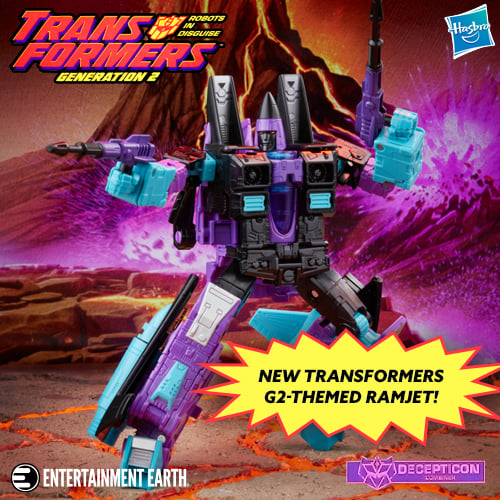
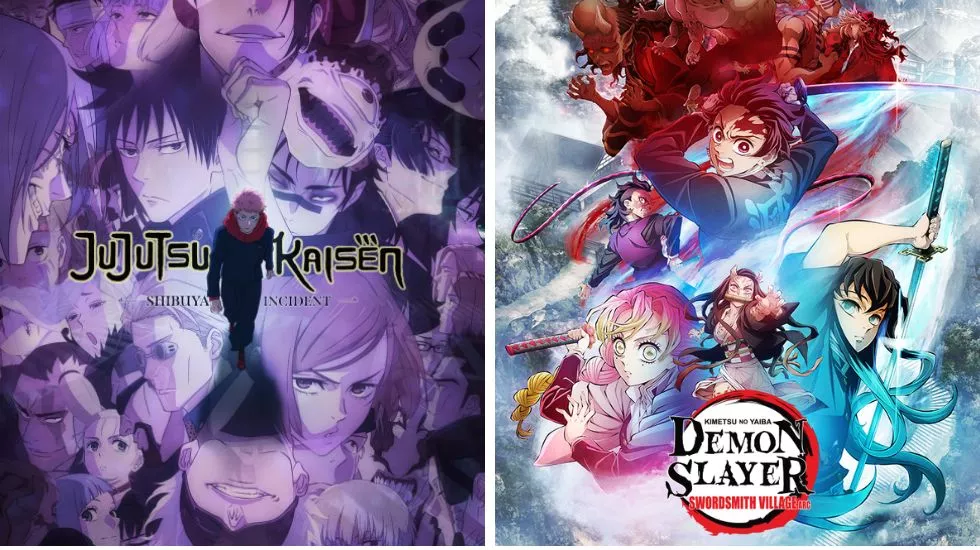
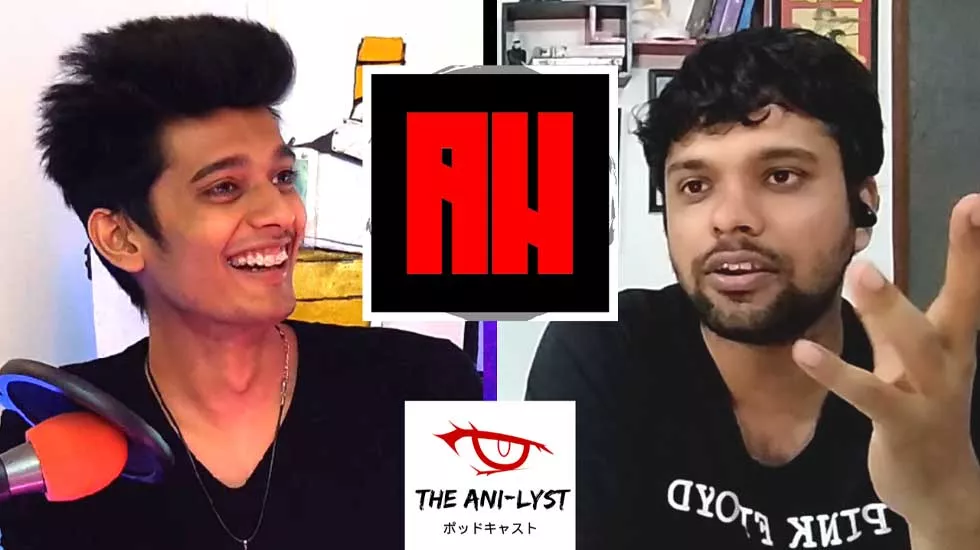
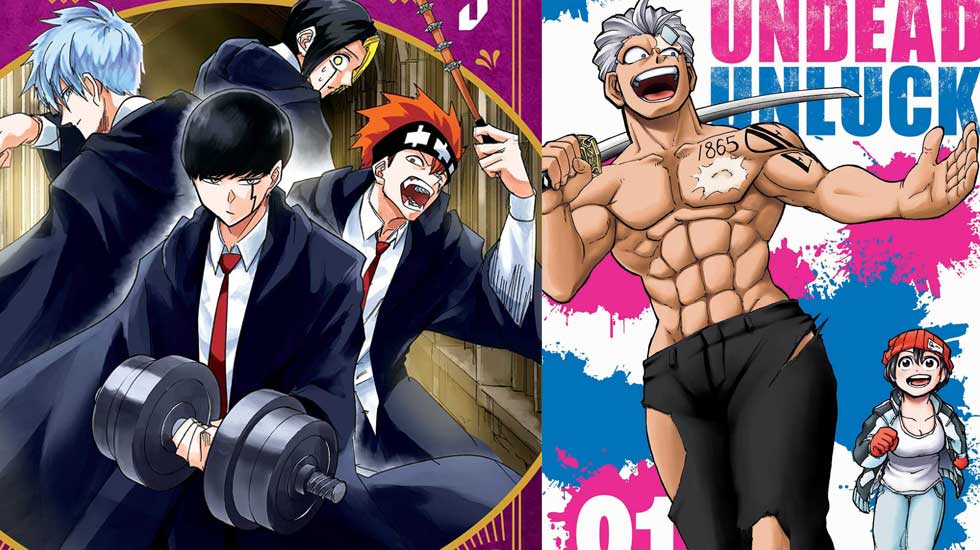

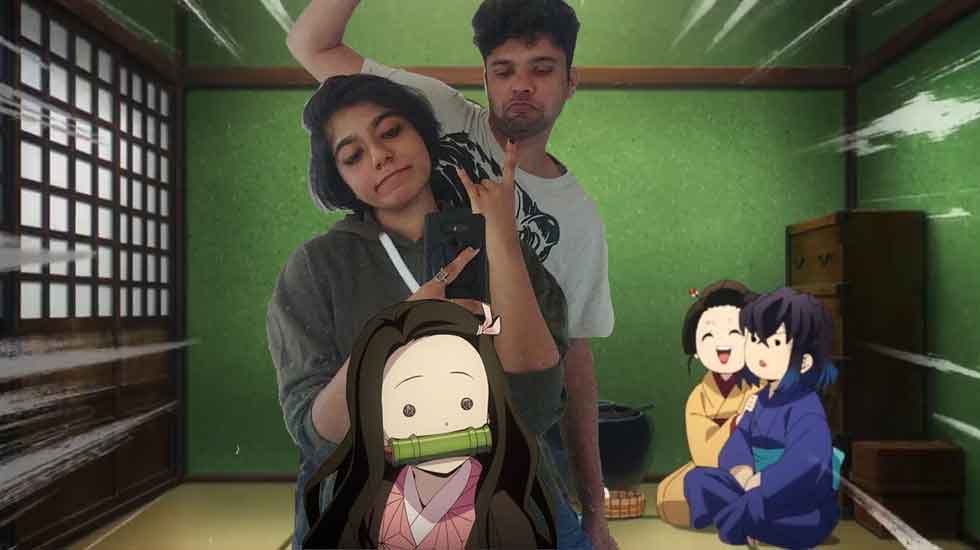



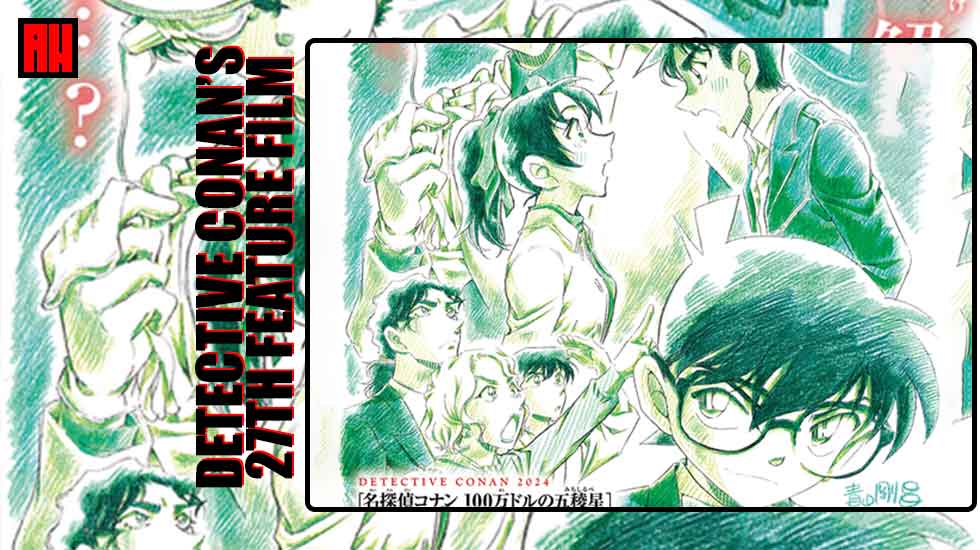
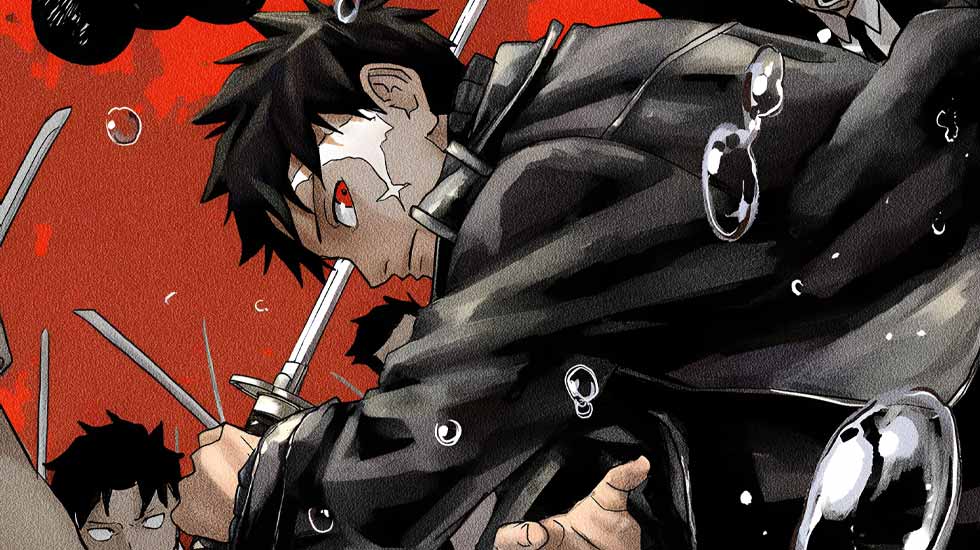
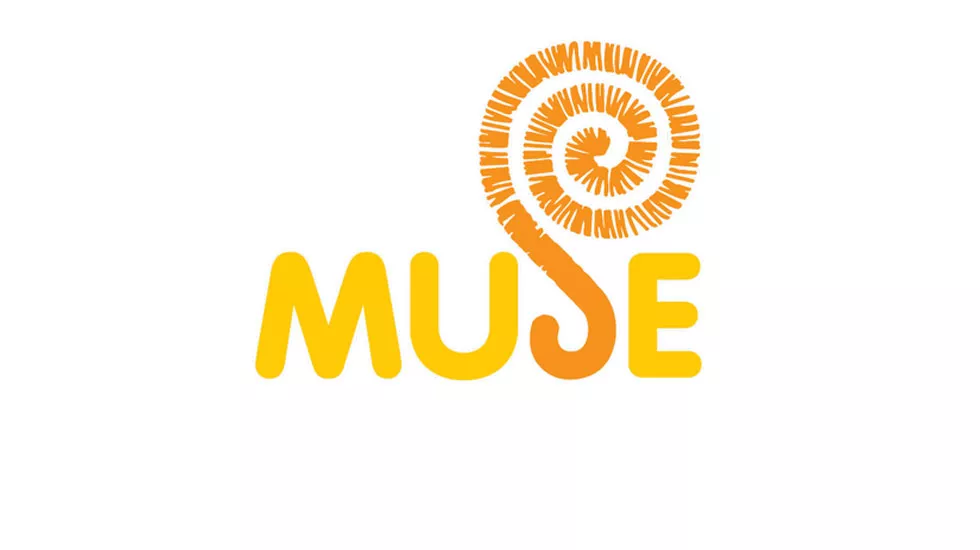







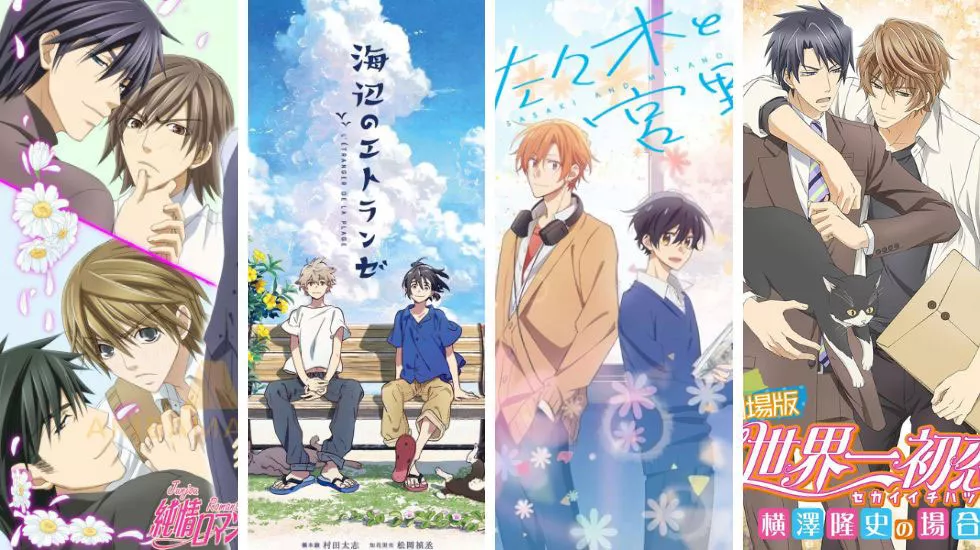


at 0:37 it looks like a reference to the philosopher’s stone of the steel alchemist, but I’m not sure
https://ibb.co/album/JvSnpf
or
https://i.ibb.co/Xb6kmF1/The-stone.webp
https://i.ibb.co/XCbfgDt/Screenshot-at-Feb-08-15-23-26.png